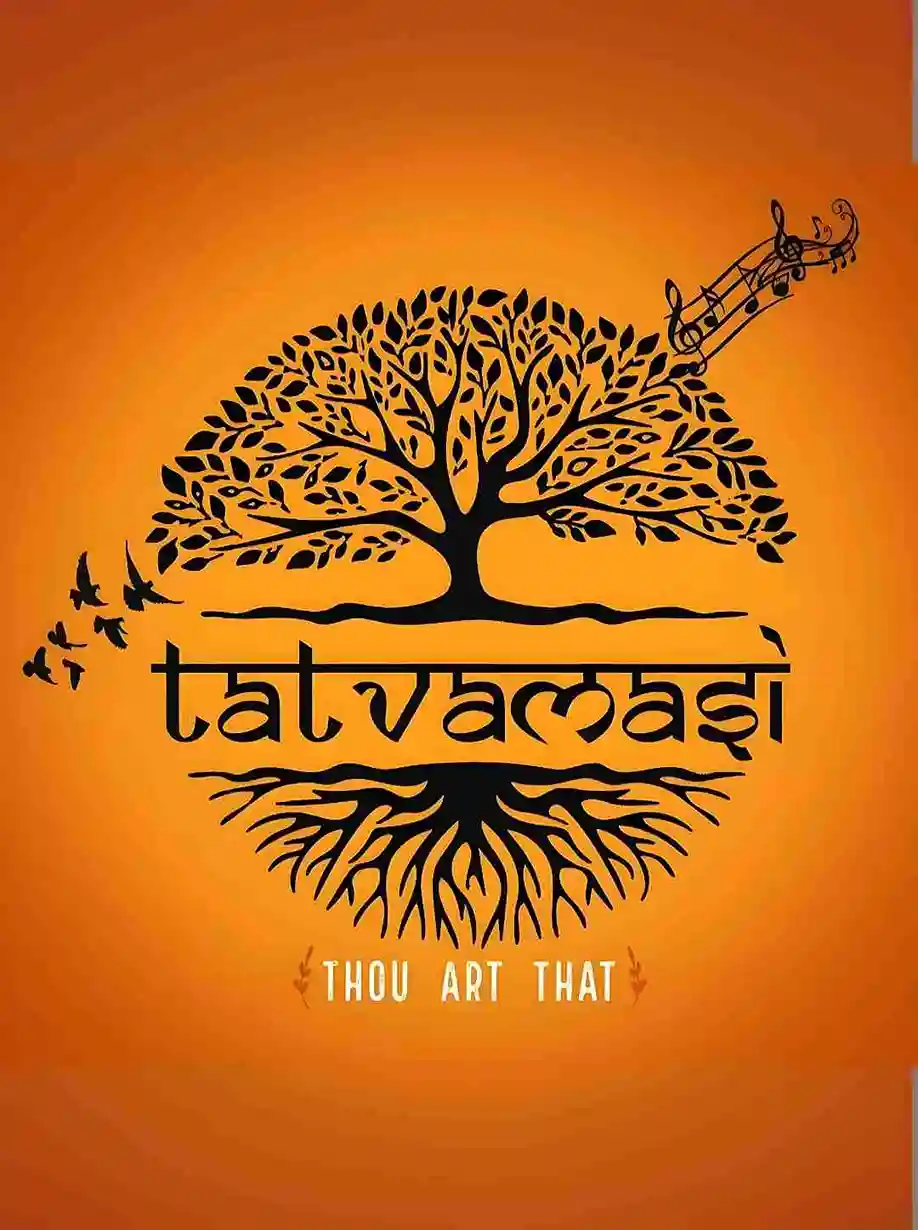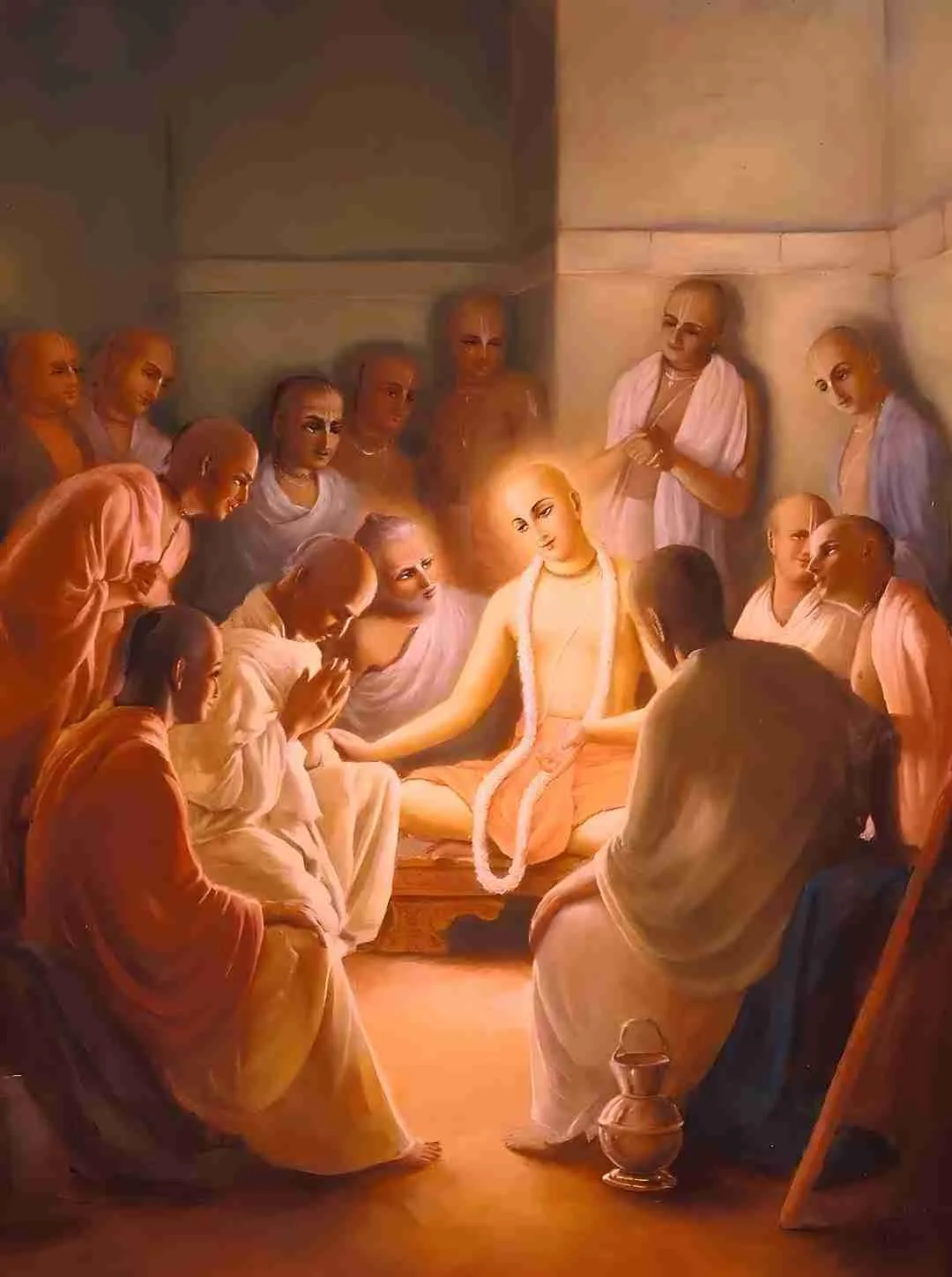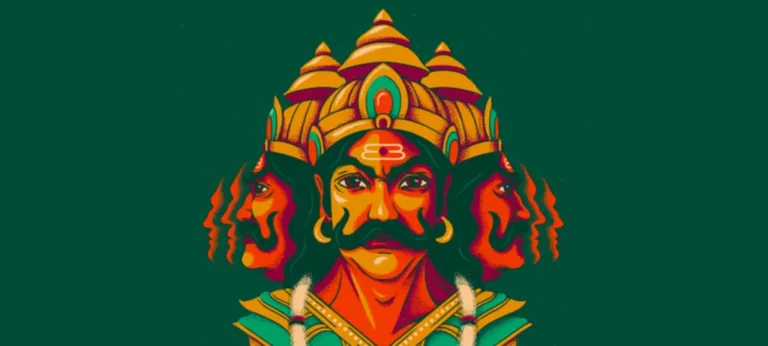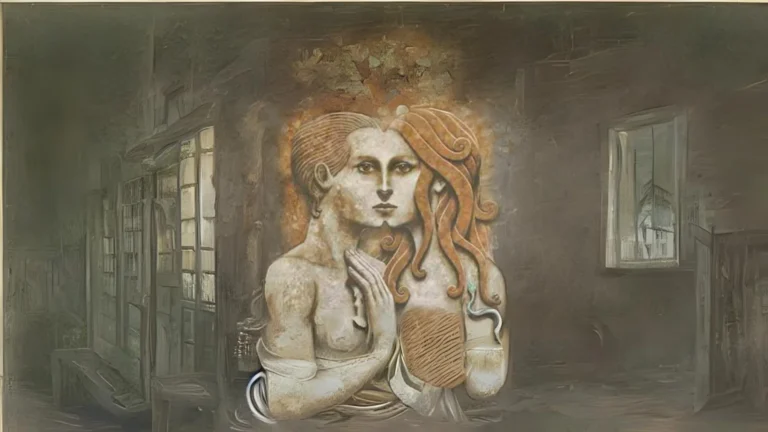Please Like the Blog and Share it for Maximum Reach
Table of Contents
What is Yoga Vasistha?
The Yoga Vasistha Teachings is essentially a work on the Oneness of things. It is one of the most ancient scriptures that supports wholly the Vedantic dictum “Twam Tatvamasi” (त्वं तत्वम् असि Thou art that).
The text is a part of the Valmiki Ramayana and Valmiki Bhagawan is the author of this work. The work is a set of questions and replies, conversations between the Guru and his ardent disciple.

Here, the Guru is Brahmarishi Vasistha and the disciple is none other than the Supreme Personality of Godhead, Sri Ramachandra Prabhu.
Sage Vasistha is answering many queries posed by Sri Rama which concerns the philosophy of birth and death, human suffering. So, the fundamentals of Advaita Vedanta in Yoga Vasistha are covered at length.
Yoga Vasistha Teachings: Contents
The Yoga Vasistha also has other names like the Maha Ramayana, the Uttara Ramayana or even The Vasistha Ramayana.
Yoga Vasistha is a separate treatise that covers 32,000 verses.
The main claim of this Scripture is “What man considers as ordinary experience is actually another dream. Hence, it is very similar to a vivid dream that man witnesses when he is fast asleep.”
Valmiki Bhagawan quotes Sage Vasistha “ A man truly wakes up only upon the realization that all his waking hours were all part of the dream” There are two versions or treatments based on the Yoga Vasistha known as Brihad Yoga Vasistha(Longer Version) and Laghu Yoga Vasistha(Short Version).
Yoga Vasistha Teachings: How can we be Blissful
Sri Vasistha in the scripture says that we cannot consider the so-called joyful experiences within this material world equivalent to even a tiny drop of the oceanic bliss of Moksha.
The sage goes on to say that our existence on this material planet is nothing but a type of psychological conditioning.

When a man becomes free of this conditioning, when his imagination comes to complete rest, he becomes “as he really is”.
Therefore, under such a condition, the ego or the individuality of the living entity melts away. In fact, the very goal of life is to get rid of oneself from the Ego that separates us from our essential blissful nature.
Test your Alignment with the Spiritual Subject Matter (only 7 Questions)
The scores generated in this Quiz are relative. There are no right or wrong answers. A percentage towards 100 indicates that you are more aligned to the overall subject matter.
Yoga Vasistha Teachings: Essential Components
There are six essential sections in the Scripture. They are:
- Dispassion or indifference
- Deep Longing for Liberation.
- Our Origin
- Preservation
- Quieting of the Mind.
- Liberation
There are 4 intrinsic qualities that guide one to Freedom. They are:
- Shanti (शांति peace or inner calm)
- Vichara (विचारा spirit of inquiry)
- Santosha (संतोष contentment)
- Satsanga (सत्संग holy company)
For getting close to Freedom all the above pillars are indispensable.
Discussion on the Four Pillars to Freedom
An explanation of the four pillars of Freedom, discussed above, is essential.
Yoga Vasistha Teachings: Shanti (Peace)
For peace, purity is primary.
The contaminated mind becomes restless. A restless mind resembles the state of the oceanic waters that are being constantly ruffled by cyclones or storms. Even the middle of the sea is calm on a bright sunny day when the winds are calm.
The mind is exactly like the ocean.
When desires (like the wind) which are symbolic of heaviness and impurities, attack the mind, our minds become turbulent like the waters of the ocean hit by a cyclone.

Hence the key to a calm mind is to resolve desires or to get rid of them. No mind filled with the desire can even know stillness, calm, or peace.
But how can we conquer desires?
This is to go a level deeper into the source of desires. Understanding the Nature of the mind can help us recognize our negativity and desires.
Yoga Vasistha Teachings: Vichara (Inquiry)
When there is a deliberate attempt to look for the source of where the desire is cropping up, we shall find the root of desire. For example, I have a disturbed mind today.
I am not happy today. The reason is that I saw that my neighbor who is less intelligent than me (my supposition- no thought given to this), has got a new car.
I do not have the funds for a car.

Somehow I have become envious and my desire is to somehow get a car so that I can show off too. This impurity of mind disturbs me.
Vichara means, to deliberate. Now I need to find out why I am jealous. Just because I have a neighbor who appears to be richer than me, I am disturbed. I never bothered about other dumb people in the next colony although they own bigger cars and are dumber than my neighbor. What can explain this?
Is there not something superior to my limited intelligence which is making things happen and gets things done? If that is the case, are these things under my control?
Probably if I had money, I could buy a car. But can I stop someone from buying things when the control is not in my hands?
This is Vichara. Vichara represents deliberated thoughts directed towards a higher source that is operating behind the affairs of the world.
If my thoughts are well directed and pure, I come to the stage of Santosha.
Yoga Vasistha Teachings: Santosha (Contentment)
When we direct Vichara well, it arrests our outward-going tendencies. There is a restrain and consolidation of a lot of outgoing energies. When we are looking at a lot fewer people, we are left with self-containment and hence contentment is the result.
The more we become self-focussed, we avoid comparisons.
Our attention and focus are always on self-improvement. There is a conservation of energies through this process. We are happy with whatever nature’s provisions.
Santosha is happiness that emerges from such self-contentment. Self-control and Santosha, go hand-in-hand where restraining of the outward going senses play a major role.
Yoga Vasistha Teachings: Satsanga (Holy Association)
The first three aspects of Shanti, Vichara, and Santosha become possible only through Satsanga.
Thus, Satsanga is the force that binds Shanti, Vichara, and Santosha together, as a whole.

Only when we make it a point to associate with beings who have successfully subjugated their senses and applied it to the service of the highest Absolute principle, can our true journey towards Shanti, Vichara, and Santosha get direction.
Through holy association one there is guidance from the guru tattva or the preceptor principle and developing the other three attributes within us
Please Like the Blog and Share it for Maximum Reach





